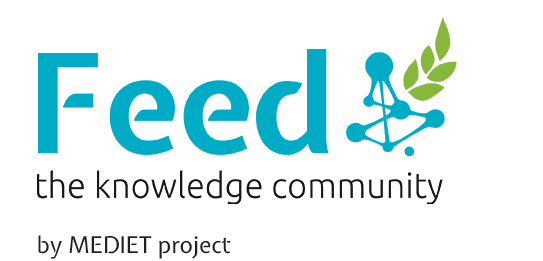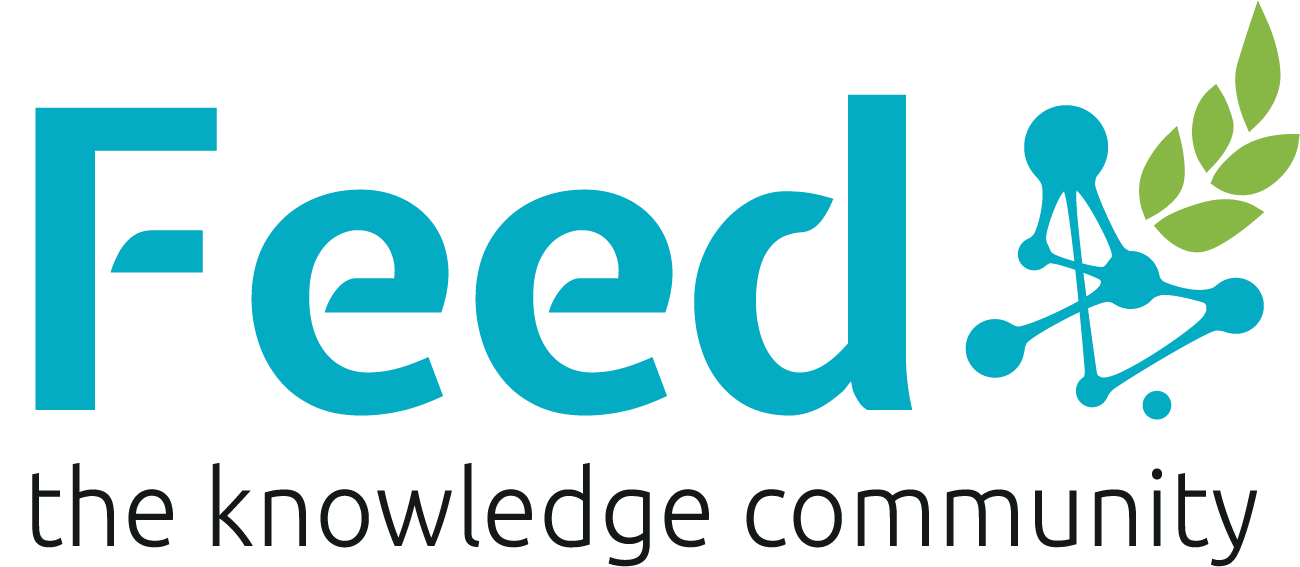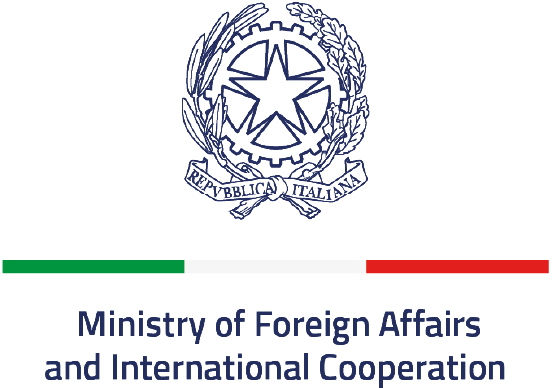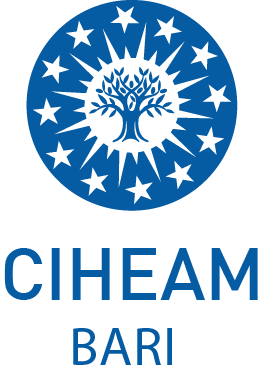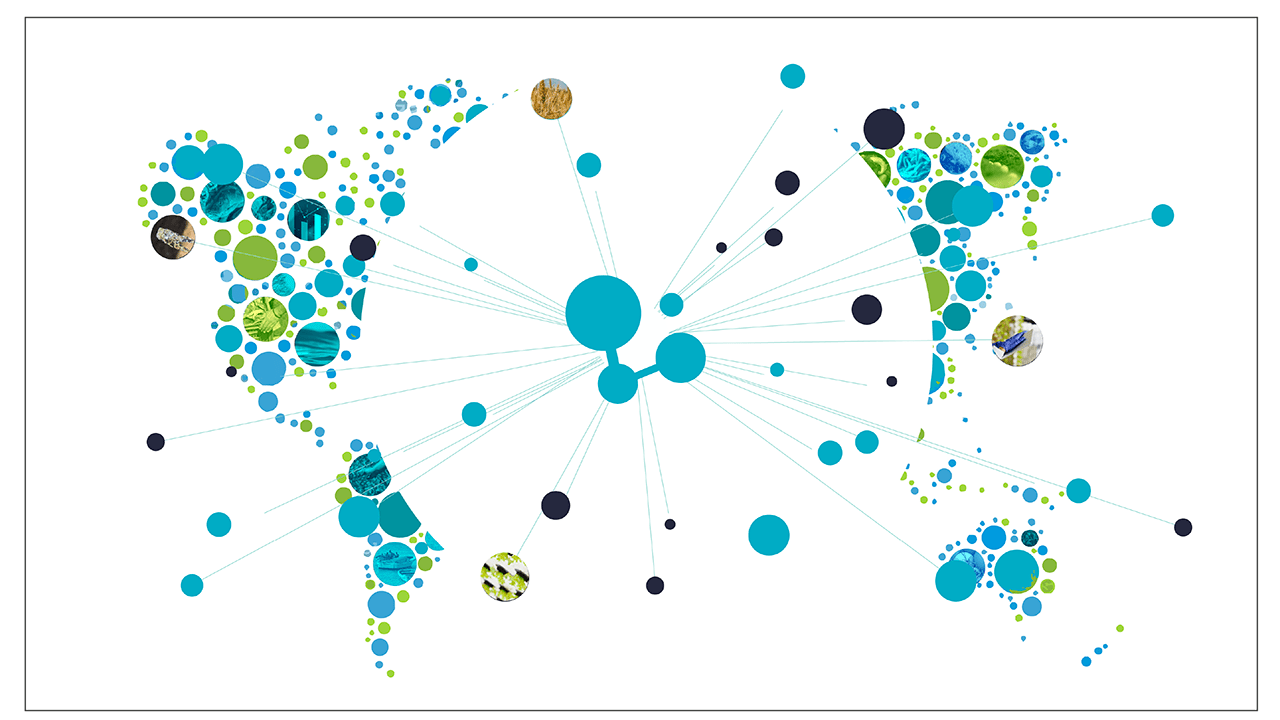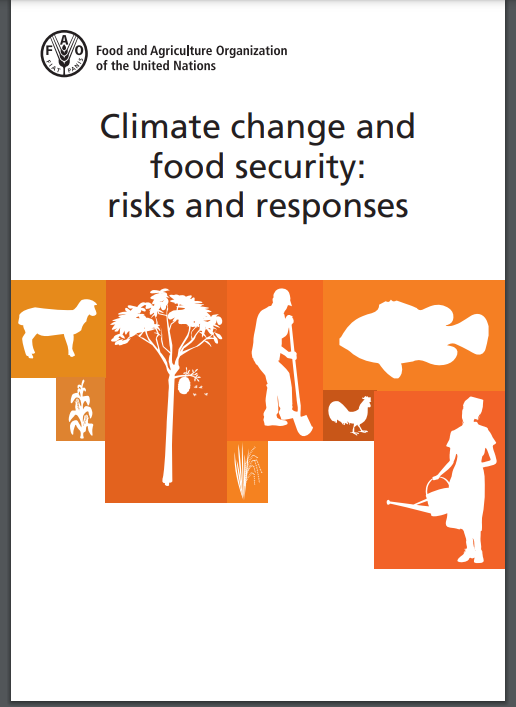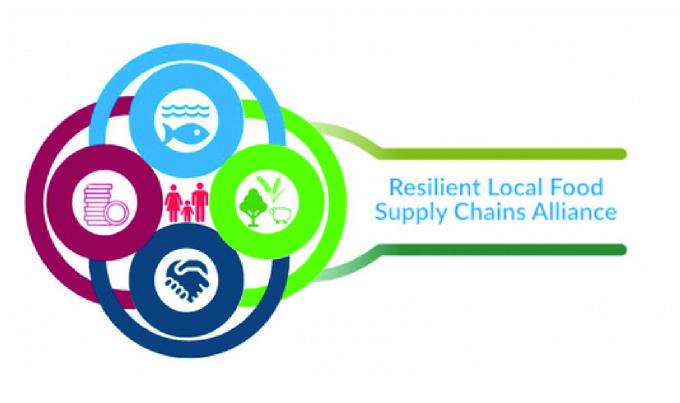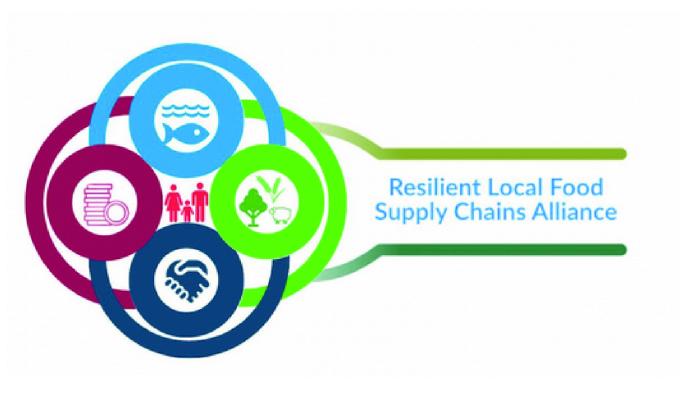Period
2020 - in progress
The Ministry of Agriculture and Food Security in Sierra Leone faced systemic inefficiencies that hindered its crucial operations. The ministry started a transformative journey to reshape administrative landscapes, modernize its practices, and strengthen stakeholder engagement. This initiative analysed the administrative functionality, identifying inefficiencies through process mapping. It incorporated modern tools into the ministry's operations and provided comprehensive training to staff. Collaboration was encouraged through digital platforms, promoting a culture of continuous improvement. Workshops, feedback mechanisms, and collaborative channels were used to establish connections between internal staff, external partners, and technology providers. A symphony of change echoed across the ministry. Competence surged, external processes harmonized, and a mosaic of positive stakeholder sentiment emerged. It triggered a paradigm shift, an evolution towards an agile, empowered administrative enclave. While the practice's versatility and innovation radiate promise, resource intensiveness and technological inertia loom as challenges. Contextual adaptation, cultural resonance, and regulatory compliance stand as crucial navigational markers for replication. This practice represents more than just administrative refinement; it echoes a narrative of resurgence and lays out a blueprint for a future where Sierra Leone's agricultural governance is resilient, efficient, and adaptable to change.
You must be registered to see all the content
Identification needs
In the Ministry of Agriculture and Food Security in Sierra Leone, several constraints hindered effective operations: Administrative Inefficiency: Outdated processes disrupted office management, impacting daily operations; Resource Allocation Challenges: Lack of transparent financial reporting hindered the efficient allocation of resources, affecting project viability; Communication Issues: Inadequate coordination and communication procedures within the ministry disrupted administrative organization. Problems Addressed: Societal Impact: Inefficient processes hindered the Ministry's support for crucial agricultural initiatives, impacting societal well-being; Economic Stability: Resource allocation challenges affected the economic viability of agricultural projects, potentially hindering growth; Environmental Sustainability: Streamlining processes indirectly supported eco-friendly agricultural practices.
Stakeholder change
Systematic changes in administrative processes were implemented using various methods: Process Mapping: Identified inefficiencies through thorough process mapping; Technology Integration: Introduced modern tools for automation and task streamlining; Training Programs: Designed comprehensive training for staff transition to new tools; Collaborative Platforms: Implemented digital communication platforms for enhanced collaboration; Continuous Feedback: Established a mechanism for continuous feedback, fostering improvement. Main Stakeholders: Internal Staff: Administrative officers, finance personnel, project coordinators; External Partners: suppliers, service providers, and regulatory bodies; Technology Providers: Engaged for tool customization and integration. Mobilization Strategies: Training Workshops: Extensive training for staff equipped them to use new tools effectively. Stakeholder Engagement Sessions: Communicated benefits of changes to external partners.
Change triggered
The described good practice excels in factors enhancing transferability: Customizable technology adapts to diverse needs, thorough training ensures effective adaptation, digital communication fosters universal collaboration, and a feedback mechanism ensures continuous improvement. Outcomes include enhanced efficiency, improved resource management, and positive stakeholder perception. Limits involve resource intensiveness, resistance to change, and technology infrastructure. Duplication must navigate contextual variations, cultural differences, and regulatory compliance. Overall, success hinges on tailored implementation to unique settings.
Short description
The change process involved thoroughly examining existing workflows through process mapping, revealing inefficiencies. Identified constraints included administrative inefficiency, resource allocation challenges, and communication issues. Stakeholder engagement was prioritized through workshops and feedback mechanisms. Technology integration included user-friendly tools and comprehensive training programs facilitating easy learning and implementation. Continuous feedback mechanisms fostered a culture of improvement. The practice is technically feasible, user-friendly, and adaptable, requiring investments in comprehensive training, change management, and cultural sensitivity for successful implementation.
